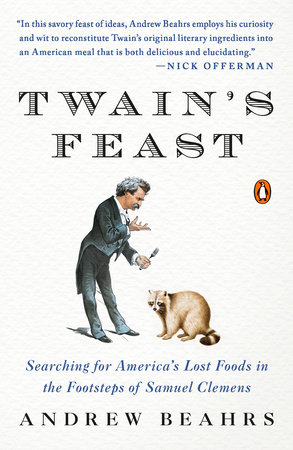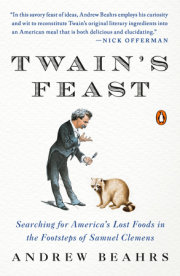Diamondback terrapin hatchling, Neavitt, Maryland"Yesterday I had many things to do, but Bixby and I got with the pilots of two other boats and went off dissipating on a ten dollar dinner at a French restaurant--breathe it not unto Ma!--where we ate Sheep-head-fish with mushrooms, shrimps and oysters--birds--coffee with burnt brandy in it, &c &c, ate, drank & smoked from 1 PM until 5 o'clock, and then--then--the day was too far gone to do anything."
Mark Twain, New Orleans, 1860.
Creole mixed grill of sheepshead, shrimp, and lump crab: winning entry, 2009 Great American Seafood Cook-Off, New Orleans.
To Make Cranberry Tarts
To one pound of flour three quarters of a pound of butter, then stew your cranberry's to a jelly, putting good brown sugar in to sweeten them, strain the cranberry's and then put them in your patty pans for baking in a moderate oven for half an hour.
Hannah Glass, The Art of Cookery Made Plain and Easy, 1805.
Cranberry harvest, Cranberry Hill Farms, Plymouth, Massachusetts
Saucing raccoon, Arkansas
"I know the taste of maple sap, and when to gather it, and how to arrange the troughs and the delivery tubes, and how to boil down the juice, and how to hook the sugar after it is made, also how much better hooked sugar tastes than and that is honestly come by, let bigots say what they will."
Mark Twain, Autobiography.
Burning the tallgrass, Missouri
Copyright © 2010 by Andrew Beahrs. All rights reserved. No part of this excerpt may be reproduced or reprinted without permission in writing from the publisher.










